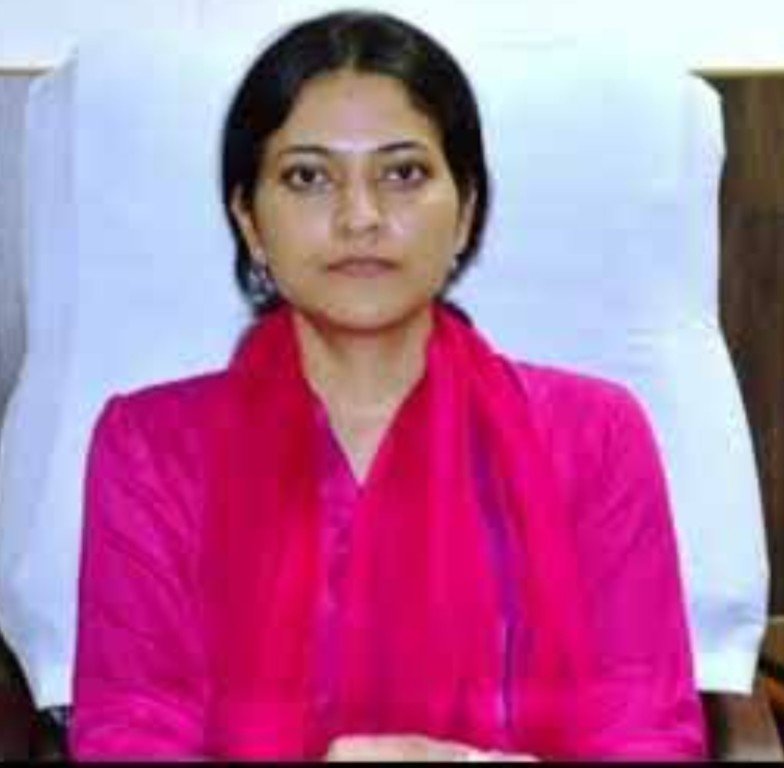UNICEF REACHES ALMOST HALF OF THE WORLD’S CHILDREN UNDER THE AGE OF FIVE
UNICEF procured 2.5 billion doses of vaccines to children in nearly 100 countries in 2016, reaching almost half of the world’s children under the age of five. The figures, released during World Immunization Week, make UNICEF the largest buyer of vaccines for children in the world.Nigeria, Pakistan and Afghanistan, the three remaining polio-endemic countries, each received more doses of vaccines than any other country, with almost 450 million doses of vaccines procured to children in Nigeria, 395 million in Pakistan and over 150 million in Afghanistan. UNICEF is the lead procurement agency for the Global Polio Eradication Initiative.
In India, the under-five mortality stands at 1.11 million deaths per year[1] . Pneumonia accounted for 13 per cent of total under five deaths and diarrhea contributed to approximately 10 per cent of the under five deaths.
Globally, access to immunization has led to a dramatic decrease in deaths of children under five years, from vaccine-preventable diseases. Between 2000 and 2015, globally under five deaths due to measles declined by 85 per cent and those due to neonatal tetanus by 83 per cent.
Yet an estimated 10 million children in India still miss out on full vaccinations every year[2]. Weak health systems, poverty and social inequities also mean that large number of children under five are still not reached with life-saving vaccines.
“The Government of India has demonstrated strong and effective leadership in mobilizing partners for collectively addressing maternal and child health. UNICEF is committed to working together with the Government of India and other development partners, to ensure that we close the immunity gaps in every state, in every district and in every community, so that all boys and girls are protected life-long from measles, rubella, and other vaccine preventable diseases,” said Louis-Georges Arsenault, UNICEF India Representative.
Inequalities persist between rich and poor children. In countries where 80 per cent of the world’s under-five child deaths occur, over half of the poorest children are not fully vaccinated. Globally, the poorest children are nearly twice as likely to die before the age of five as compared to the richest.
“All children, no matter where they live or what their circumstances have the right to survive and thrive, safe from deadly diseases,” said Dr. Robin Nandy, Chief of Immunization at UNICEF headquarters in New York, “Since 1990, immunization has been a major reason for the substantial drop in child mortality, but despite this progress, 1.5 million children still die from vaccine preventable diseases every year.”
“In addition to children living in rural communities where access to services is limited, more and more children living in overcrowded cities and slum dwellings are also missing out on vital vaccinations,” said Nandy. “Overcrowding, poverty, poor hygiene and sanitation as well as inadequate nutrition and health care increase the risk of diseases such as pneumonia, diarrhea and measles in these communities; diseases that are easily preventable with vaccines.”
By 2030, an estimated 1 in 4 people will live in urban poor communities, mainly in Africa and Asia, meaning the focus and investment of immunization services must be tailored to the specific needs of these communities and children, UNICEF said.




